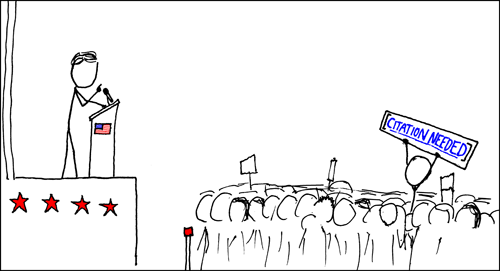
to reference your work


Demonstrate you
understand the topic

Let your readers
find your sources
The Telecommunication Engineering IEEE Style referencing guide has been designed to help you quickly identify how to create IEEE Style references for commonly used information sources:
Referencing can seem difficult and pointless, but it is an important academic skill to learn and one that is relatively easy to get the hang of. Good referencing can be the difference between a pass and fail, so we urge you to do your best and reach out for help as early as possible.
We are here to support you and to help you succeed!
MIT Library Team
Watch the video to learn about plagiarism and the basics of referencing in IEEE.

We know that we should insert a reference when we use another person's:
but what does that mean?
It means that when another person (like a lecturer or tutor) reads our work, they can ask "how do you know that?" and be pointed to the source of information that we used, as shown below.
Body of document
IEEE Style is a numerical referencing system [2]. In IEEE Style, in-text citations are given using numbers in square brackets which point readers to the relevant reference list entry, ordered numerically [3]. This is in contrast to APA Style which uses the authors' names and publication years in text to perform the same function [4].
References
[1] R. Munroe, "Wikipedian protester". xkcd.com. https://xkcd.com/285/ (accessed May 12, 2020).
[2] Institute of Electrical and Electronics Engineers."IEEE Reference Guide". IEEE, Piscataway, NJ, USA. 2018. Accessed: May 12, 2020. [Online]. Available https://ieeeauthorcenter.ieee.org/wp-content/uploads/IEEE-Reference-Guide.pdf
[3] Victoria University, "IEEE Referencing: Getting started with IEEE referencing". vu.edu.auhttp://libraryguides.vu.edu.au/ieeereferencing/gettingstarted (accessed May 12, 2020).
[4] American Psychological Association. Publication Manual of the American Psychological Association. Washington, DC, USA: American Psychological Association, 2009
.